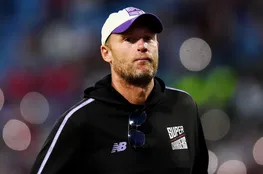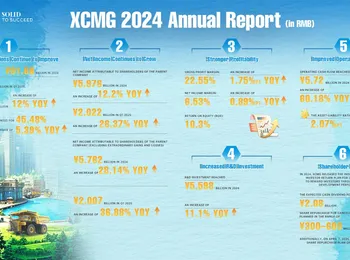The Daily News investigative series “Big Money, Little Victims,” published 50 years ago, set in motion a cascade of city actions, philanthropic investment, and advocacy that fundamentally changed the course of child welfare in New York City. Organized parents, youth, legislators, attorneys, and advocates have consistently demanded that the city pursue a more holistic goal for children’s safety: protection from harm within the home and safeguarding against the potential harm of the system itself. Today, New York City boasts one of the lowest rates of family separation nationwide. Foster care entries have decreased by almost 50% over the past 20 years, and since 2019, there’s been a sustained decline in surveillance and separation without compromising safety. No child welfare system can eliminate all tragedies, but key indicators of safety – recurring maltreatment of children at home and the deaths of children known to the system – are at their lowest levels in a decade. Despite these improvements, the Administration for Children’s Services (ACS) remains a pervasive presence in Black and Latino communities.
In Brownsville, approximately 1 in 7 families experienced the terror of an ACS case in 2023 alone, while in East Harlem, this figure was 1 in 8. Notably, Black children were 15 times more likely to enter foster care than white children. This stark disparity highlights the potential for significantly greater efforts to prevent families from entering crisis and being drawn into the system. A crucial step involves passing legislation that restricts the overuse of the child welfare system. Bills currently before the Legislature aim to curtail anonymous reporting and eliminate penalties for failing to report suspected abuse, reducing calls driven by fear or spite. A ‘family Miranda’ warning would empower families to defend themselves against unwarranted state intrusion. Numerous studies demonstrate that economic shocks and hardships predict system involvement, while policies that mitigate the impact of setbacks reduce investigations, removals, and even fatalities. New York City can proactively address the poverty that exposes families to child welfare involvement. Often, crises escalate due to months of struggling with issues like addiction, depression, or violence – characterized by scraping by, relying on food pantries and housing court, cramming into shelters, waiting for treatment, and going without.
Last year, a panel appointed by Governor Hochul recommended a package of tax credits and benefit increases to achieve the state’s goal of cutting child poverty in half, which would also reduce child welfare involvement. Similarly, targeted assistance to vulnerable groups, such as new mothers and young people aging out of foster care, is essential. Programs like the state’s ‘Baby Bucks’ and the city’s guaranteed income for new mothers represent important steps forward. Research also reveals that neighborhood conditions significantly impact families. Everyday surroundings—including parks and libraries, civic associations, and neighborly relationships—offer considerable advantages to children, even if their own family is struggling. However, neighborhoods where ACS involvement is high often remain burdened by decades of redlining and disinvestment. A proposed state fund to channel investment into these neglected neighborhoods would alleviate a significant burden on families. When families do encounter difficulties, the city can simplify access to support. Current public systems often don’t facilitate easy access to crucial resources, such as emergency cash or youth mental health care. Teachers, hospital staff, police, and other professionals frequently call the hotline not because children are in danger, but because they perceive it as the fastest way to connect a parent to assistance. Ensuring that every family-serving system has a friendly front door can prevent thousands of families from being reported to the hotline over basic needs.
Furthermore, it’s vital to bolster the capacity of trusted community groups, mutual aid networks, and neighborly care systems. Small acts of community support—such as backup babysitting, rides, or meals during recovery—can prevent minor setbacks from escalating into full-blown crises. New York City can reverse its over-spending on child welfare and under-investment in families. This requires a fundamental shift – a change in the ‘big money’ at the federal, state, and city levels that incentivizes crisis intervention, at a cost to child safety. ‘Big Money, Little Victims’ alerted New Yorkers to a critical flaw in the structure of the city’s child welfare system – contracts designed not to serve families but to sever them. While foster care contracts have evolved, overall financing structures have remained largely unchanged. Once again, investigative reporting can catalyze meaningful action. New York City is still spending heavily on ineffective approaches that could be far better directed towards prevention, rather than addressing the aftermath of harm. McCarthy is the executive director of the NYC Family Policy Project, a think tank, and has worked with parents and young people impacted by child welfare in New York City for 25 years.
























